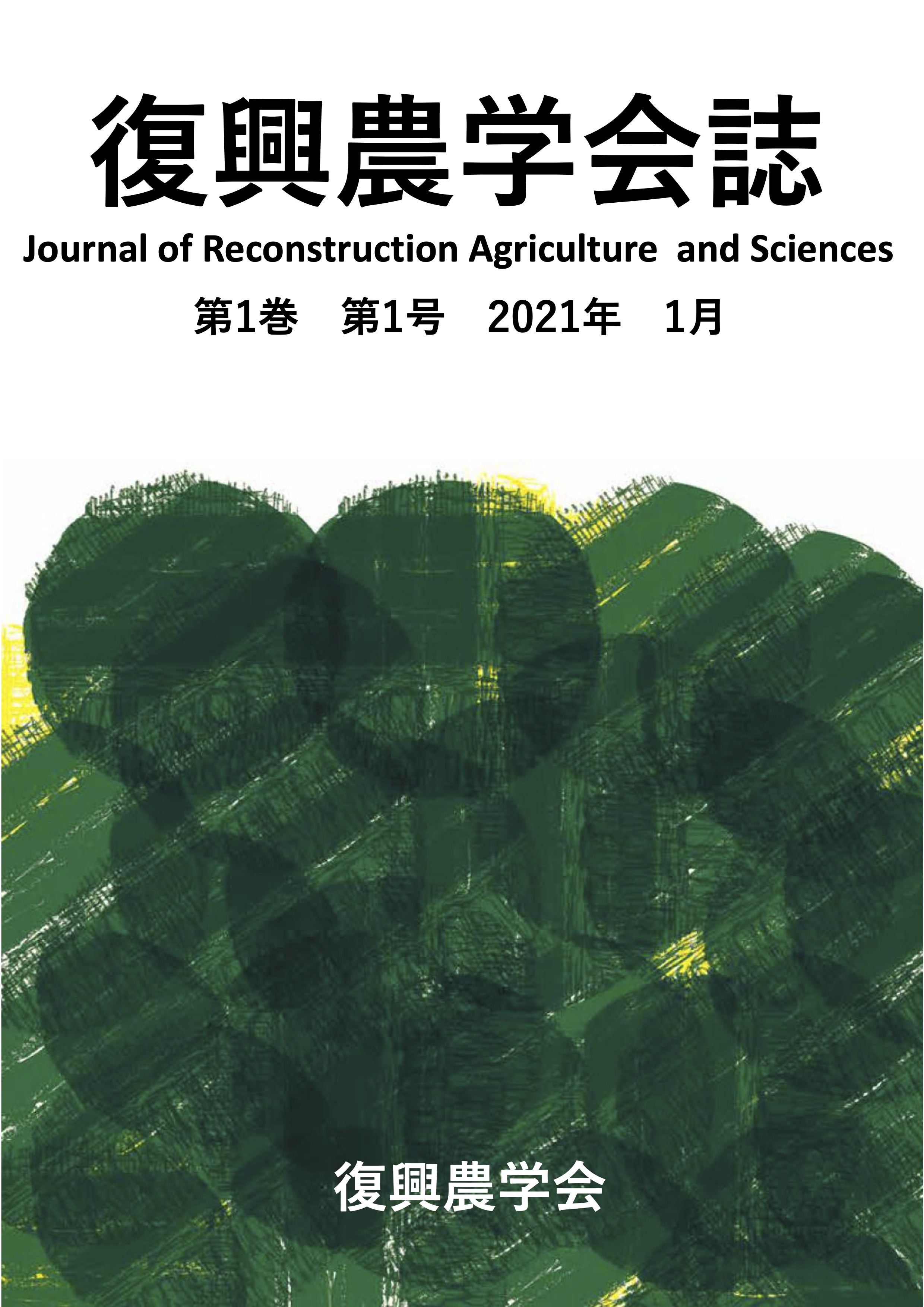Volume 2, Issue 1
Displaying 1-5 of 5 articles from this issue
- |<
- <
- 1
- >
- >|
Original Papers
-
2022 Volume 2 Issue 1 Pages 1-10
Published: January 31, 2022
Released on J-STAGE: July 21, 2022
Download PDF (713K) -
2022 Volume 2 Issue 1 Pages 11-23
Published: January 31, 2022
Released on J-STAGE: July 21, 2022
Download PDF (862K) -
2023 Volume 2 Issue 1 Pages 24-38
Published: January 31, 2023
Released on J-STAGE: July 21, 2022
Download PDF (998K)
Opinion
-
2022 Volume 2 Issue 1 Pages 39-48
Published: January 31, 2022
Released on J-STAGE: July 21, 2022
Download PDF (390K) -
2021 Volume 2 Issue 1 Pages 49-60
Published: January 31, 2021
Released on J-STAGE: July 21, 2022
Download PDF (443K)
- |<
- <
- 1
- >
- >|
